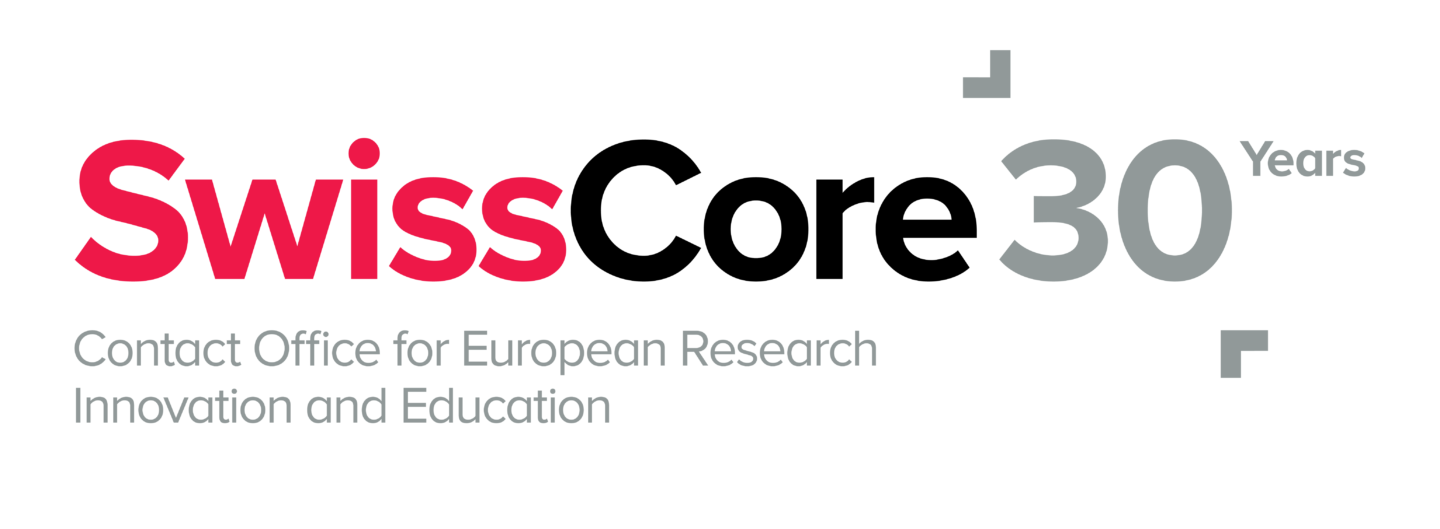The EU takes stock on the implementation of automatic mutual recognition of qualifications in Europe by colour-coding countries’ progress.
The automatic mutual recognition of diplomas across Europe is a prerequisite for a successful European Education Area (EEA) and for a continued increase in cross-border learning mobility. The EEA framework calls for automatic recognition in higher and upper secondary education to be a reality for all by 2025. This goal is also a key element of the 2022 European Strategy for Universities. In November 2018, the Council adopted a Recommendation to foster and affirm the political commitment of the EU Member States (MS) to improve mutual automatic recognition of qualifications. Four years later, on 23 February 2023, the European Commission (EC) published a progress report on the implementation of the Recommendation. While this issue is under national competence, the EU education ministers committed to the principle in the Recommendation and also through their engagement in the Bologna Process and its European Higher Education Area. Most EU Member States additionally signed up and are legally engaged to the 1997 Lisbon Recognition Convention of the Council of Europe and UNESCO. Switzerland is also a signatory.
The EU wants to ensure that every learning experience on upper secondary and higher education levels completed in one Member State is automatically recognised in all other MS. This applies to a degree or qualification acquired in one country, but also the outcomes from cross-border learning mobility, such as under Erasmus+. Concretely, this should avoid the loss of any acquired European Credit Transfer and Accumulation System (ECTS) in higher education or learning outcomes in upper secondary when moving across borders; and the recognition of upper secondary degrees should enable access to higher education throughout the EU. It is important to note that automatic recognition does not equate to automatic admission to a programme of study.
The report takes stock of the progress and the persisting challenges in the implementation of the Council Recommendation on automatic recognition. An important step in the implementation is the adaptation of national legislation. In 12 MS, the legislation is in place for a full automatic recognition of higher education diplomas, while 3 MS are in the process of changing their law. 16 MS have fully implemented the Bologna tools; however, in contrast, 11 MS have not fully done so yet. According to the report, this is not conducive to mutual trust and thus hampers automatic recognition. Lastly, only 14 MS offer national guidance for higher educational institutions to support recognition decisions. Overall, the data shows some progress but still a mixed picture of implementation, with large differences between countries but also between individual higher education institutions. Regarding the automatic recognition of international learning mobility, the data from Erasmus+ shows that 84.4% of ECTS were recognised (however, with national differences ranging from 61.5% in Hungary to 94.8% in Malta, cf. page 10 of the report). When it comes to upper secondary education, the report lists 15 Member States that have automatic recognition of secondary degrees in place; and 8 MS also automatically recognise outcomes of learning mobility in upper secondary education. Legislative barriers, confusion on the definition of automatic recognition versus admission, and a lack of trust remain the main challenges to a full implementation. A colour-coded overview of the progress by country can be found on page 21 of the report.
Finally, the report makes a set of recommendations and announces further actions to make automatic recognition a reality by 2025. The authors recommend giving the competence for automatic recognition to a dedicated national body (e.g. N²ARIC), while the educational institutions would keep the competence on admission decisions. The European Commission further plans to support the implementation with the development of a European Quality Assurance and Recognition System. How such a new system would be complementary to the existing Bologna tools remains to be seen. The EC also plans to set up “new automatic recognition accelerator teams reviews” with the mission to coach authorities in the Member States on automatic recognition, drawing on the experience of the NARIC network. Lastly, further training and information will continue to be provided through Erasmus+ Transnational Cooperation Activities (TCAs).
The results of this progress report will also inform the upcoming proposal for a new Learning Mobility Framework, which is expected for the second half of 2023, and it will feed into the mid-term evaluation of the European Education Area.

